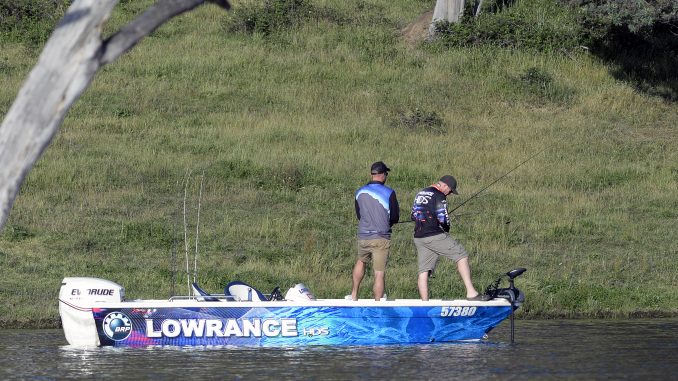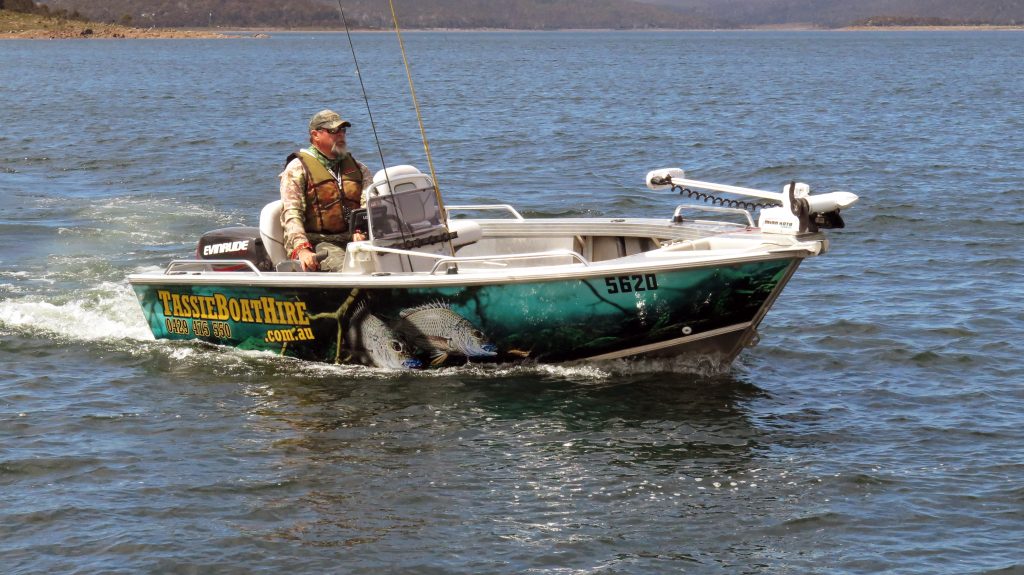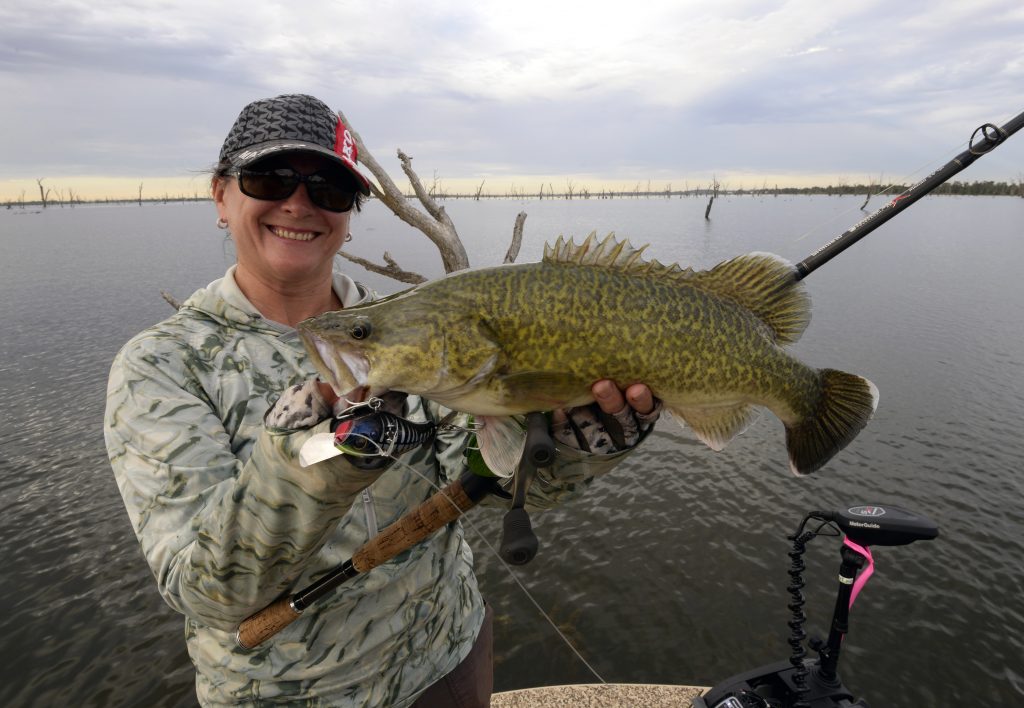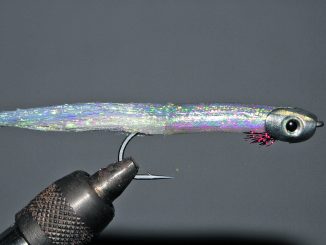
by Steve ‘Starlo’ Starling •
Last month we looked at the benefits of using an electric motor. Now it’s time to examine the choices on offer and decide which make, model and configuration might best suit your particular fishing needs.
Electric motors are available in a range of styles and configurations, making it potentially tricky for first time buyers to work out exactly which setup is best for them. It really pays to do your homework, talk to more experienced anglers and shop around before laying down your hard-earned cash for a ‘lecky.
The first decision to be made is an important choice between a bow-mounted or transom-mounted unit. Transom-mounted electrics are considerably cheaper and easier to fit than quality bow-mounts and are generally only available in 12V versions with reasonably modest power outputs or thrust ratings. They’re a good choice for kayaks, canoes, car-toppers and little tinnies, but rather limited in their functionality on larger craft.
A transom-mounted electric works quite well for trolling, but its usefulness when maneuvering a vessel to cast lures or flies at specific targets is rather marginal. That’s why most serious users opt for a bow-mounted unit on their larger trailer boats.
Once we move our attentions to the pointy end of the boat, we still have some vital choices to make when picking a bow-mounted electric. The most significant decision is whether to go with a cable-steer or electronically-controlled version.
If you watch footage of any of the top-flight bass tournaments out of the United States, you’ll quickly notice that almost every American bass pro opts for a cable-steer electric. Many Aussie bass and bream tournament fishers have followed this lead. Their reasons for choosing cable steer are two-pronged: Firstly, cable-steer electrics employ a rugged, relatively simple mechanical steering mechanism.
There’s not a lot to go wrong. Secondly, the steering response of these units is extremely fast; tilt your foot one way on the control and the head, shaft and prop of the motor rotate immediately in that chosen direction. Tip your foot back the other way and the motor rotates in the opposite direction. This process becomes highly intuitive over time, and is extremely useful when maneuvering in tight spaces (such as between oyster racks) or dealing with fast, powerful fish hooked close to cover.
By contrast, electronically controlled motors have a remote hand or foot control (or both) that is either wireless or connected to the motor via cables (most modern units are wireless). This more complex setup results in slower response times from the head unit.
However, the advantages are that these electronic controls can be operated from anywhere on the boat (or even a short distance away outside of the boat!) and many also offer integrated GPS-controlled functions such as ‘Spot Lock’ or ‘Anchor,’ as well as the ability to maintain a compass heading and a set speed, to track along a designated or pre-programmed course, or go directly to various stored waypoints. These sophisticated, electronically-controlled units are by far the biggest sellers in Australia today.
Once you’ve decided between stern or bow mounting and cable or electronic control, you’ll need to pick a power and thrust rating, a brand and a model.
Electrics come in 12, 24, 36 and (rarely) 48V versions, and their power output at the propeller is generally rated in pounds of thrust from about 15 or 18lb in small transom units to more than 100lb in the biggest bow-mounts. For most trailer boats up to about 5.2m in length and with an all-up weight of half a tonne or less, a 12V unit with 40-60lb of thrust is fine. Larger vessels or those operating in areas with consistently strong tides or winds will be better served by a 24V system with at least 75lb of thrust.
Some makers offer a choice between saltwater and freshwater versions, with the major differences being related to the powder coatings or paints used, the metals selected, and whether or not sacrificial zinc anodes are fitted as standard. Not surprisingly, saltwater models are greatly favoured by Australian anglers.
Finally, there’s the matter of choosing a brand and a model. The range of choice in this area expands each year. As a rule of thumb, you get what you pay for, and cheaper units may not last as long or perform as well out of the box as top-line offerings. They’re also likely to have less built-in features.
The two big brands in electric motors have been in this business a long time and have the runs on the board, as well as established dealer networks and after-sales service records. As with fishing tackle, buying something significantly cheaper from a lesser-known maker can potentially end in tears. My advice is to buy the best you can afford, look after it really well, and don’t be afraid to contact the Australian distributor immediately if you experience any operating issues.
If you’ve been contemplating going electric and have put it off, I strongly urge you to bite the bullet this year. No other single piece of kit will have a greater positive impact on your lure and flyfishing results than a quality, bow-mounted electric motor.






